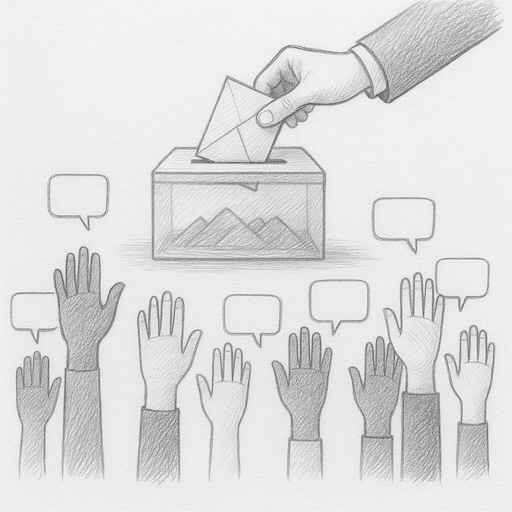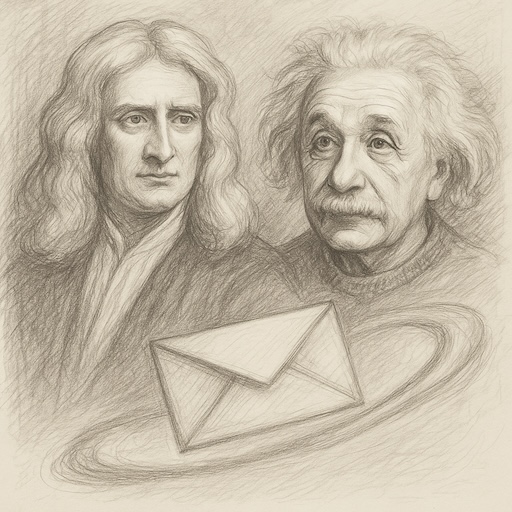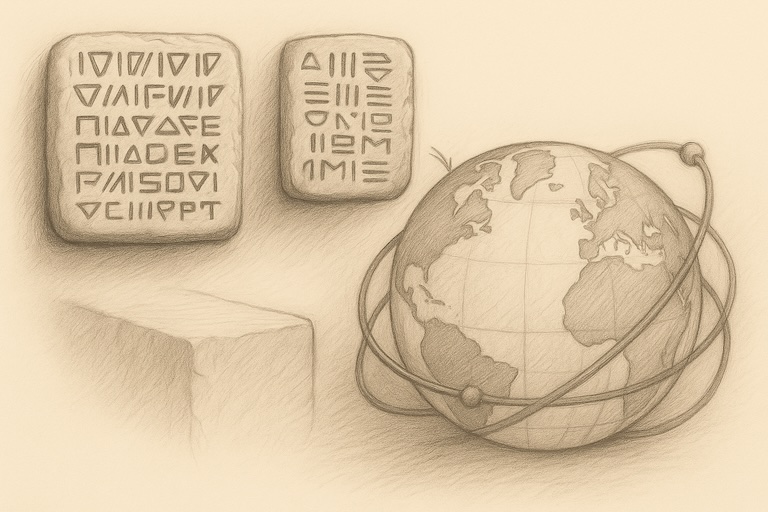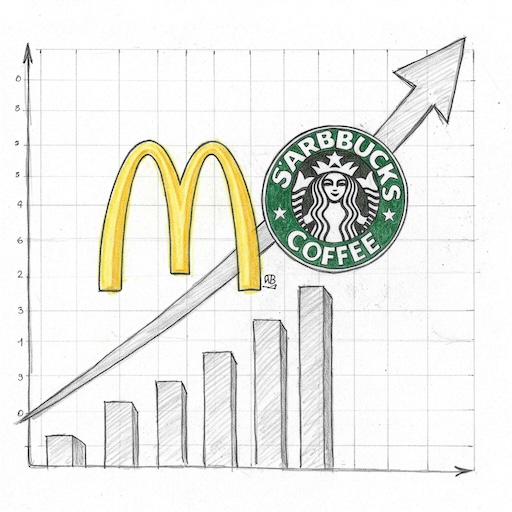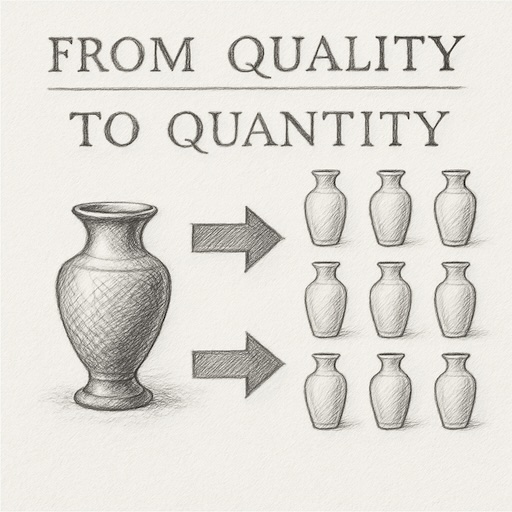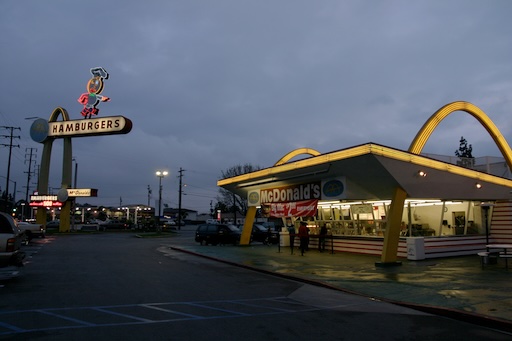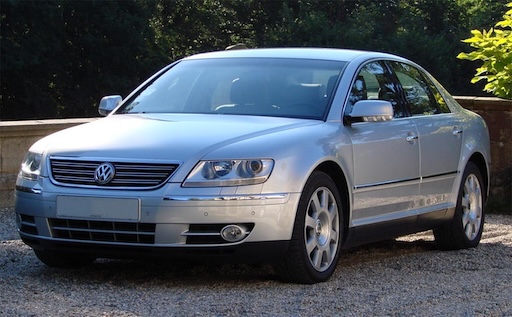Beyond Freedom: The Deep Roots and Broad Impacts of Democracy
The Impact of Mountains on the Agricultural Foundations of Human Civilizations
From Relay Stations to Instant Messaging: The Evolution of Scientific Exchange
The Evolution of Human Civilization and Information Capacity
Energy Storage Density: The Hidden Driver of Human Progress
McDonald and Starbucks: A Tale of Two Strategies
From Quality to Quantity: The Evolution of McDonald’s and Starbucks
In the 1940s and 1950s, many fast food restaurants in the United States served meals that were high in fat and calories. By contrast, the McDonald brothers offered a simpler menu that emphasized ingredient quality, making their food relatively healthier for the time. They also used a unique method to prepare their French fries—soaking them in cold water to remove excess starch, which resulted in a crispier texture. Ray saw the opportunity to scale the McDonald brothers’ efficient service model beyond small-town operations and bring it to a nationwide audience across America.
Two Men, Two Questions: How Curiosity Built McDonald’s and Starbucks
McDonald’s was founded in the 1940s by the McDonald brothers, who aimed to provide simple, affordable, and tasty fast food. Starting as a single drive-in restaurant in California, they revolutionized the fast-food industry with their “Speedee Service System.”
The Man Who Engineered Expectations
What happens when kindness becomes an expectation?
An old man’s peaceful retirement takes an unexpected turn when he befriends a group of kids playing football near his home. What starts as generosity slowly becomes a quiet lesson in expectation management — with a surprising outcome.
The Impact of Brand Strategy: A Tale of Two Automakers
A brand is an intangible asset that influences consumer choices through emotional connections and value propositions. A brand is built on long-term trust and perception. Destroying a brand is easy, but building one takes time and strategic effort. Changing the perception of an established brand is almost impossible.
